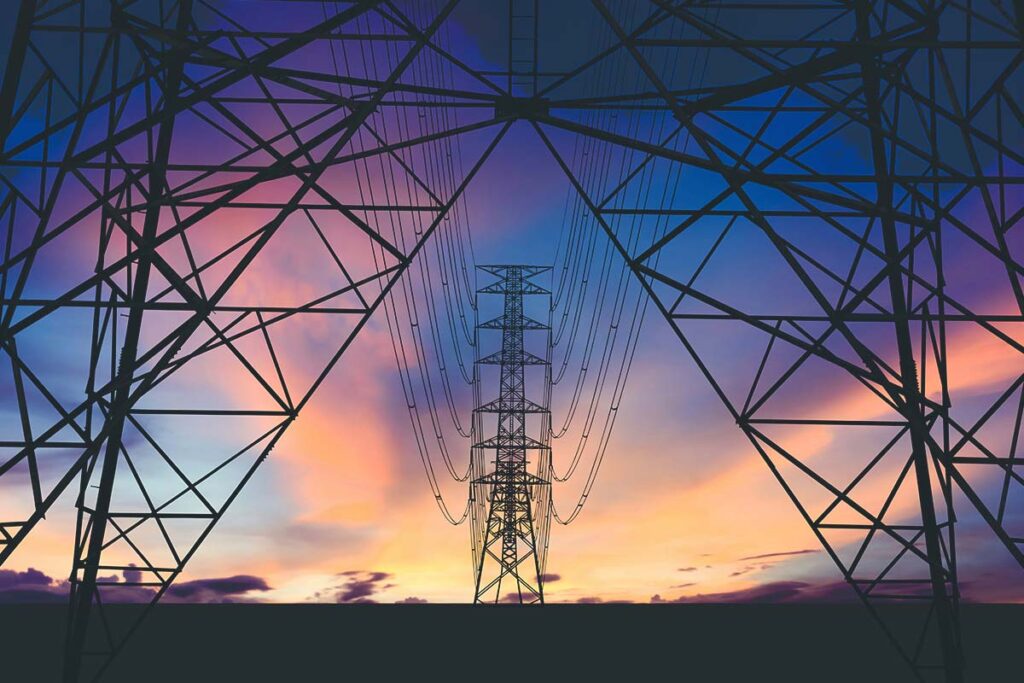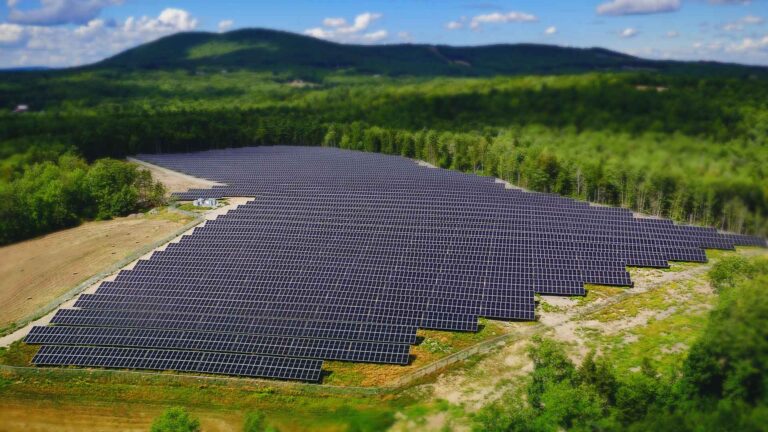There is a seismic, arguably glacial, shift in the electrical grid that is taking place in select places to allow for amazing grid modernization – while most states remain stuck in the old way of doing things when it comes to energy production, which will ultimately prevent planet-forward progress.
Efforts Toward Grid Modernization and the Barriers They Encounter
In August and September of 2020, solar developers in Massachusetts executed Group Impact Study Agreements with two public utility companies, Eversource and National Grid. This was a positive step for projects that had been languishing in the utilities’ interconnection queue, in many cases for several years, unable to move forward in the interconnection process due to long queue holds, long study timelines, and limited utility resources. There was a mild sense of optimism when the Group Study Agreements were signed. Soon enough the projects would know the cost of their grid upgrades, could sign the critical interconnection service agreements (ISAs), and would be proceeding toward construction.
Now, it is more than two years later and none of these projects have had the opportunity to sign ISAs – and of course none have started construction as a result. None are making our air fresher and fueling (pardon the pun) our transition to clean energy.
This long delay is frustrating for all of us – developers, sure, but also state policymakers, renewable advocates, landowners who stand to benefit, and towns that could collect property revenue. Permit approvals have expiration dates, landowner options and leases need to be extended again and again (if possible), and developers, off-takers and investors all want to know “when are these things going to be built – or are we all wasting our time and money?”
Despite this long process, in the last two years the Massachusetts utilities have completed the impact study analysis, and more recently, the utilities, Massachusetts state regulators and agencies, and renewable energy companies, have been actively working on an important aspect of the study results: how to split up the grid upgrade cost and how much to allocate to utility ratepayers.

The Grid Allocation Process for Renewable Energy Projects
Before we go on, we should pause and discuss the current process for allocating grid upgrade costs. To date, renewable energy projects connecting to their local grid have paid for grid upgrades under a principle known as “cost causation”. Meaning that the project that caused the upgrade (whether it be an upgraded distribution line or a new substation transformer) is required to pay 100% of the cost. It’s essentially a “you break it, you buy it” model. This principle ignores the very important fact that the project triggering the upgrade will not be the only beneficiary of said upgrade.
For example, when a distribution line is upgraded by a renewable energy project, it results in a greater level of reliability for the utility’s retail customers on that line. Greater reliability equates to fewer and shorter grid outages, which also benefits the utility as they receive a good deal of scrutiny over how effectively they respond to outages.
A second example is that these upgrades to the grid are enabling grid modernization that supports other advancements like large scale adoption of electric vehicle charging stations, electric heating, and electrically powered manufacturing – all of which would tie into what has thus far been an antiquated grid.
A third example is when a substation transformer is upgraded to a larger capacity, it allows the triggering project to interconnect to the grid, but it also creates more space “headroom” for future projects to connect due to transformers having standard sizes. Utilities are not designing the upgrade to be the perfect fit for the triggering project, they’re just going up to the next transformer capacity or next distribution line capacity and that almost always creates ample headroom for future projects. More headroom means more projects connecting to the new transformer and grid, which is good for those future projects, for the local customers that may want to subscribe to receive bill credits using billing policies like Community Solar, and good for the state and its climate and renewable energy goals
A Grid Modernization Bottleneck in Massachusetts
Massachusetts is a state with some very admirable climate and renewable energy goals. The Commonwealth has a legally-binding mandate of achieving overall net zero GHG emissions by 2050, with legally-binding interim emissions reductions targets that must be met along the way. A large part of achieving this mandate will come from more renewable energy connecting to the distribution system.
The Department of Public Utilities (DPU), encouraged by some light prodding from renewable energy companies and trade groups, has seen that interconnection timelines and costs have become the main issue in getting more renewable energy on the Massachusetts grid. All substations have a limit. The cost causation principle described earlier means that with virtually every substation in the state at its limit, the next project applying to interconnect to a substation will almost certainly trigger significant upgrades at significant cost to that project alone. No one project can handle all the cost on its own and so interconnection (and the cost causation principle) has become the main bottleneck for renewable energy in Massachusetts.
The DPU and utilities have acknowledged this issue and they’ve also importantly acknowledged that there are several beneficiaries (ratepayers, electrification of vehicles, buildings, industries, future renewable projects, the state) of the grid modernization upgrades that have to date been paid for entirely by renewable energy projects. So, the DPU created a docket that would establish a long-term framework for planning and funding grid upgrades that would, in part, support distributed energy projects and move the state beyond cost causation to a more equitable model for allocating grid upgrade costs.
That’s good news, but a big issue with that long-term framework is the hundreds of megawatts of renewable projects that have been stuck in a queue for years and had finally signed Group Study Agreements in the late summer 2020. Without relief on cost causation, up to 1 GW of renewable energy would never see the light of day and a massive opportunity to bring renewable energy online and help the Commonwealth take a big step toward achieving its GHG reduction goals would be missed.
Interested in what comes next? Our next blog post explains how this all shook out, and lessons learned from Massachusetts.




